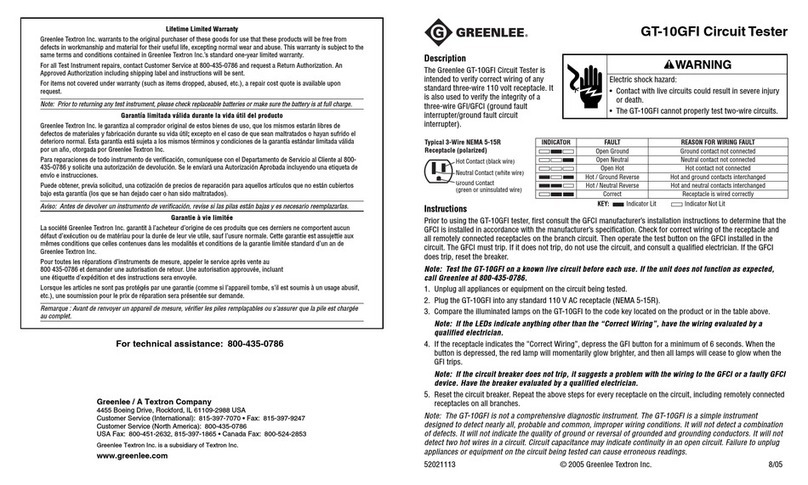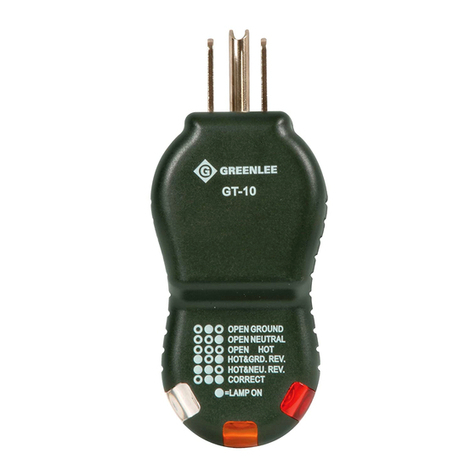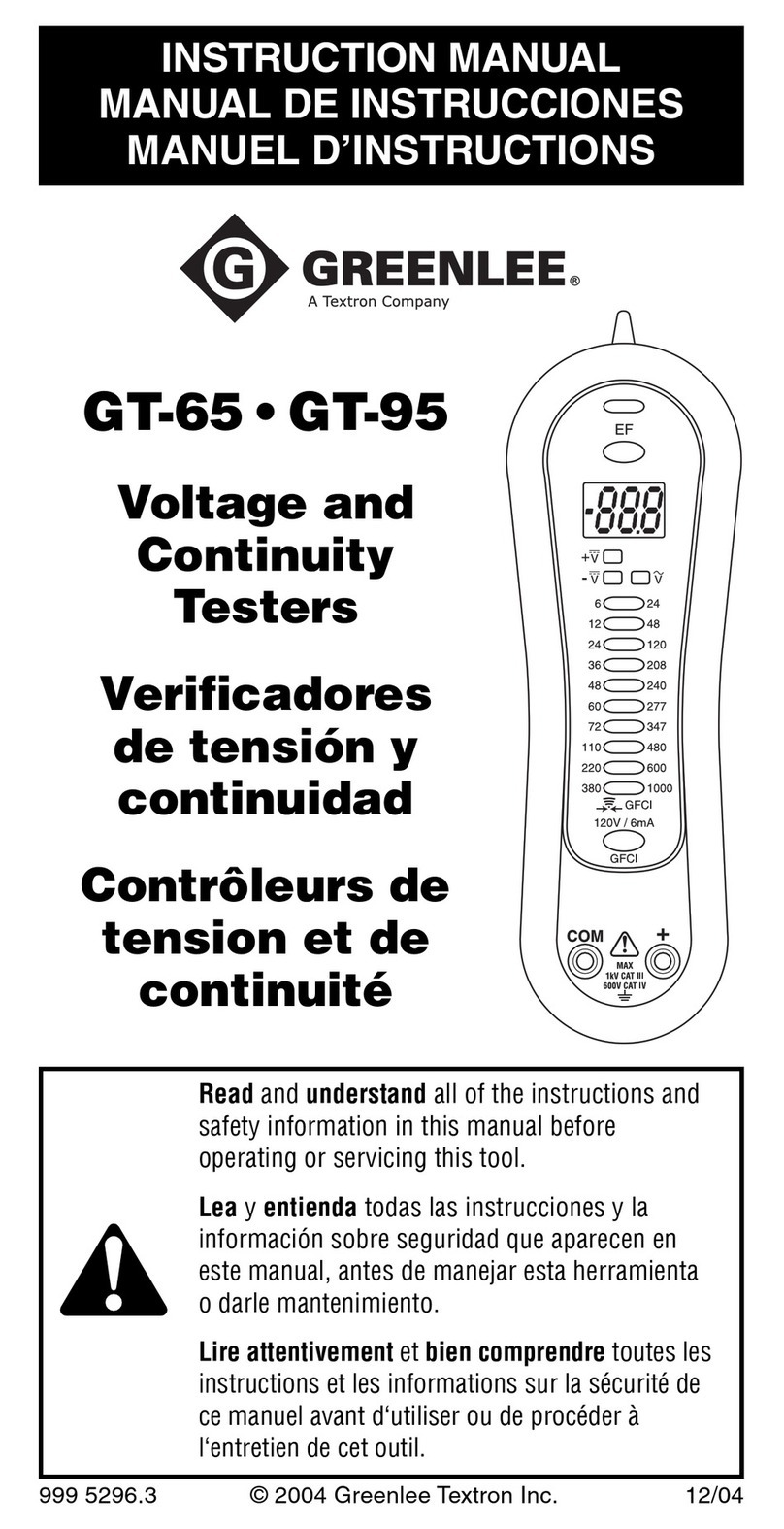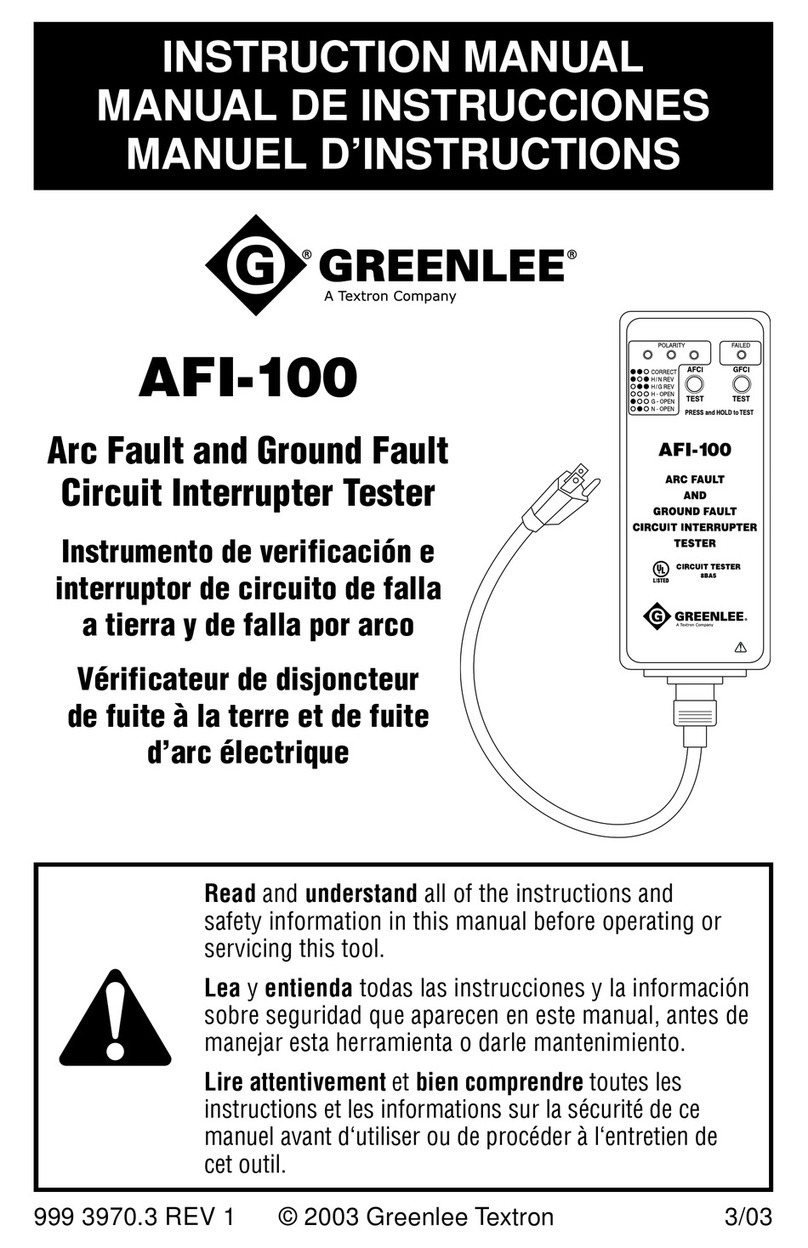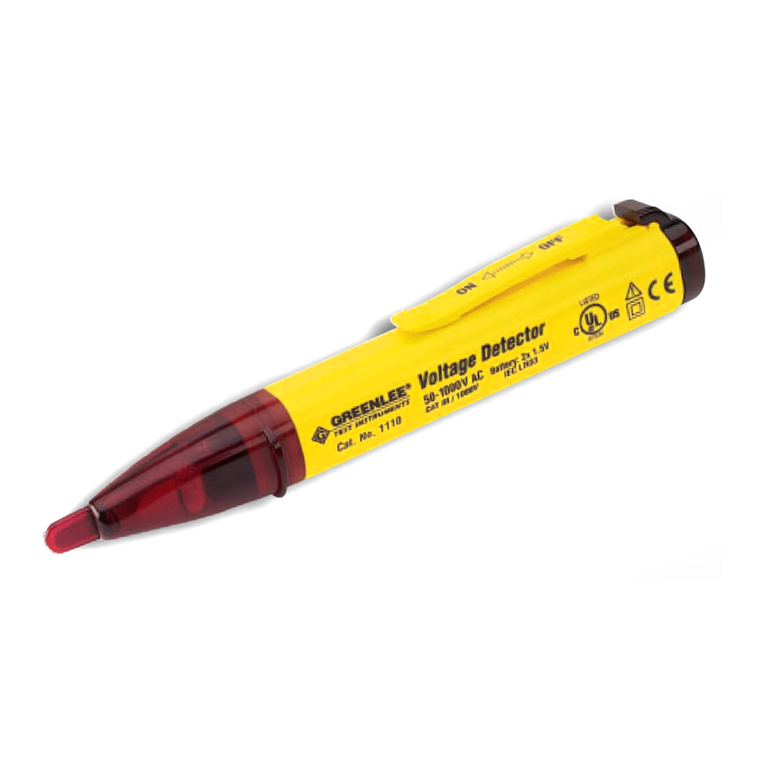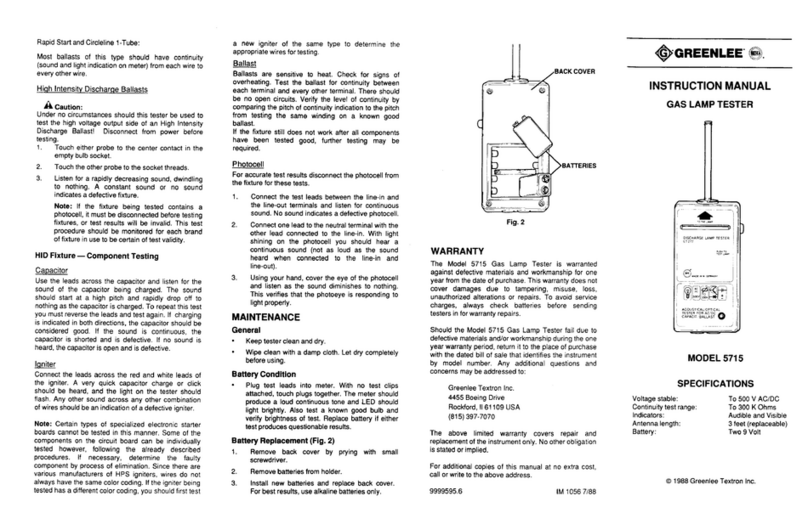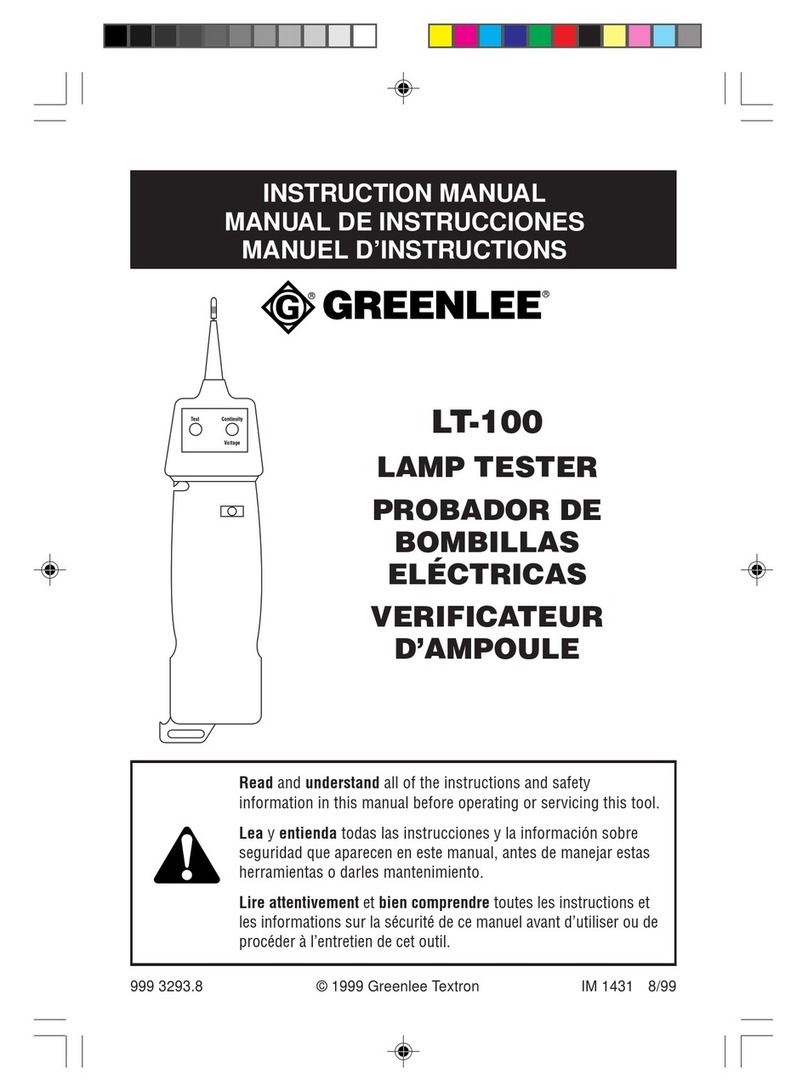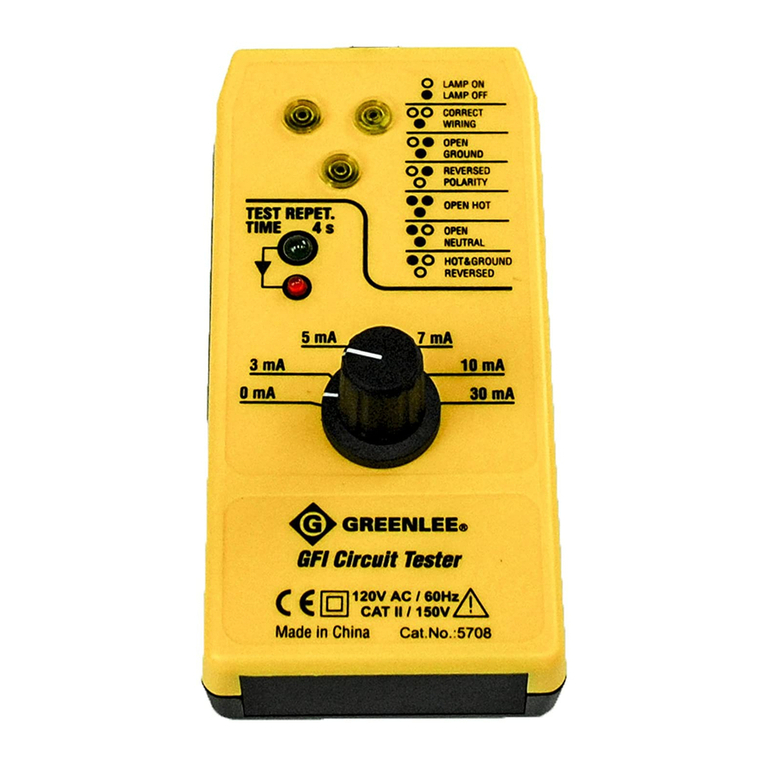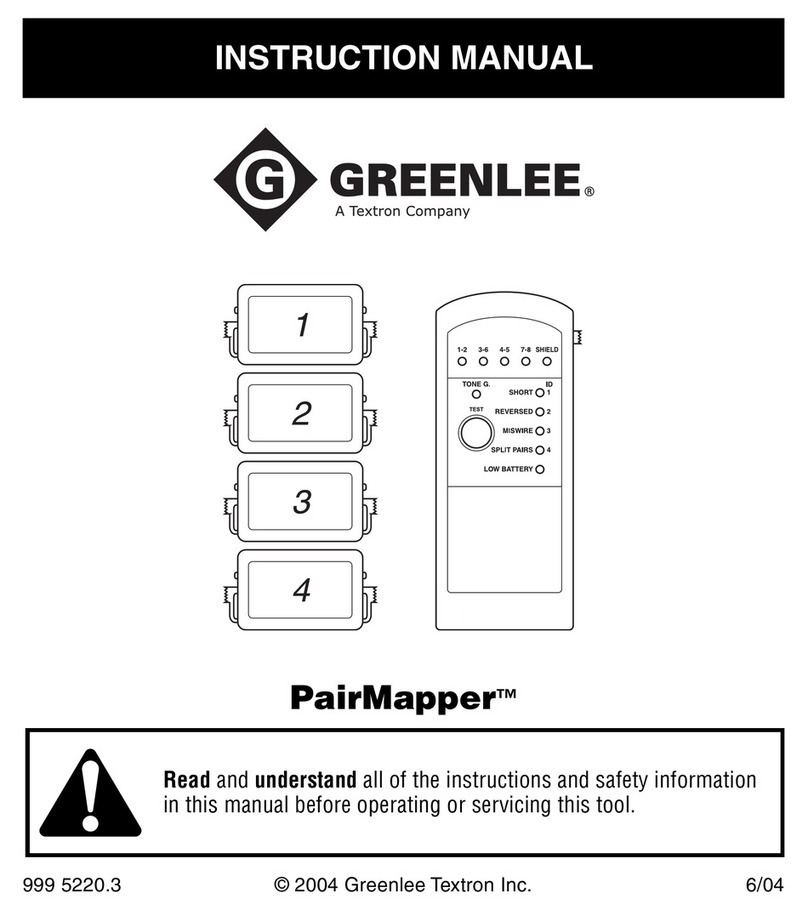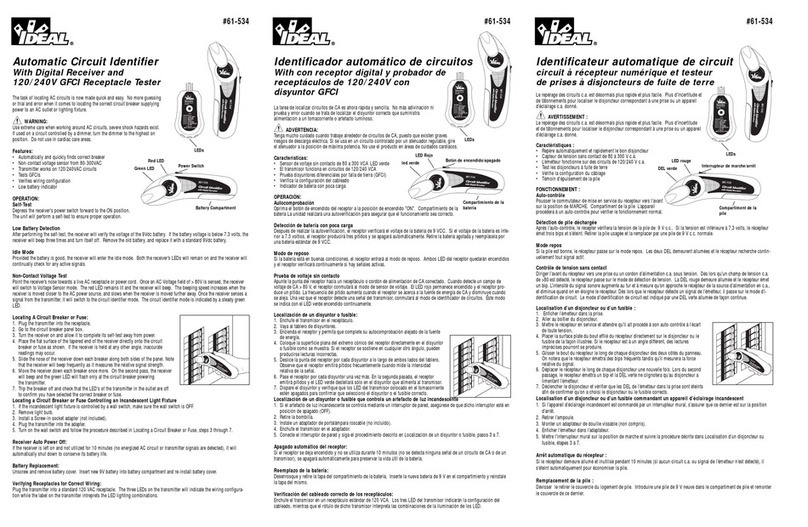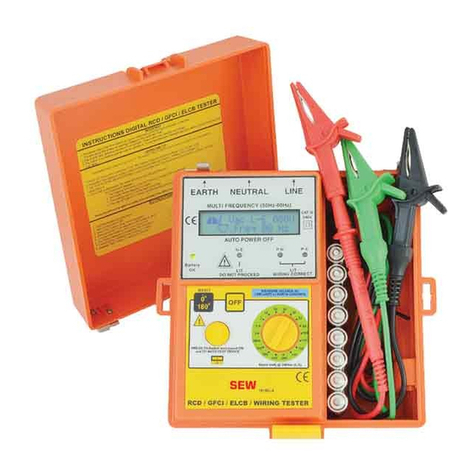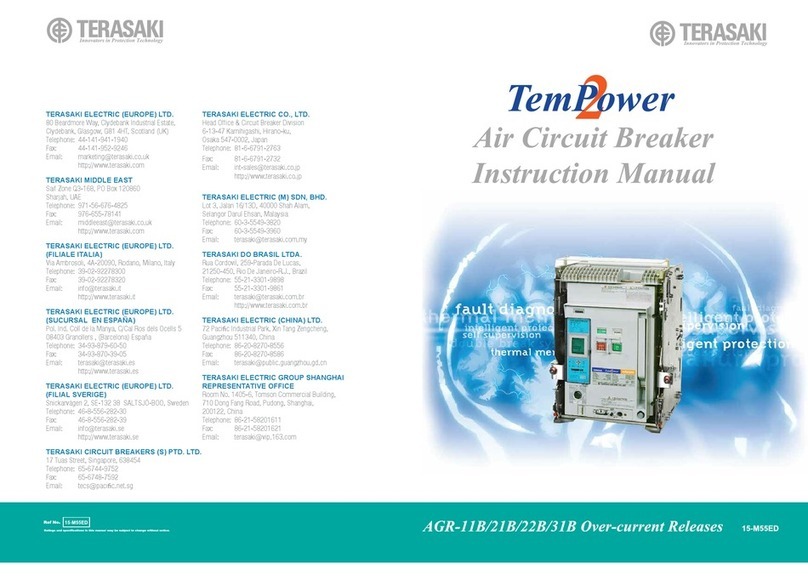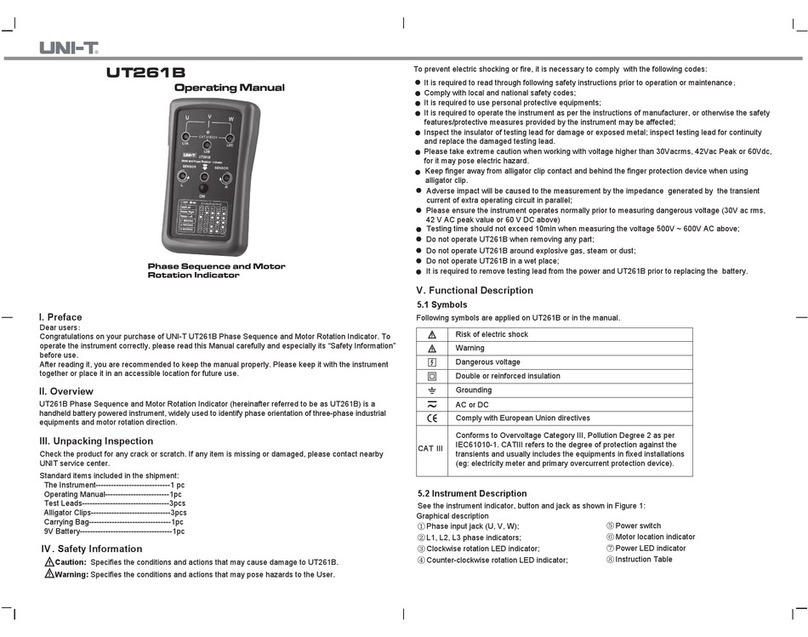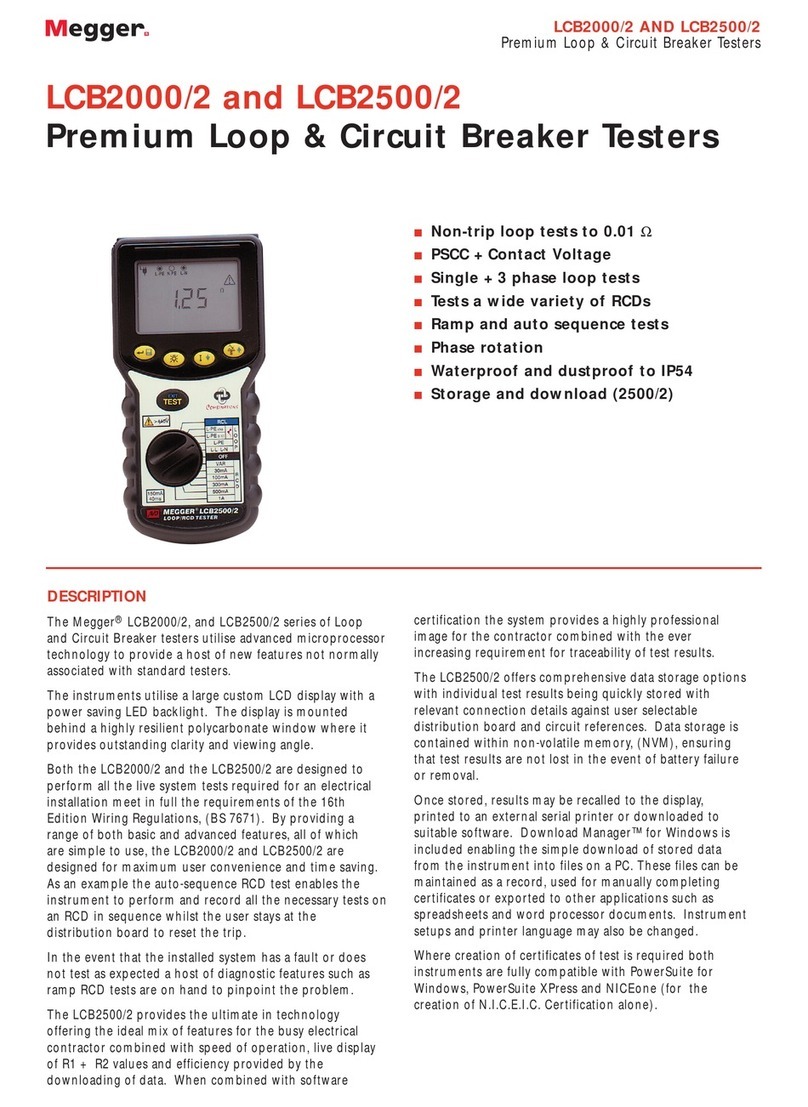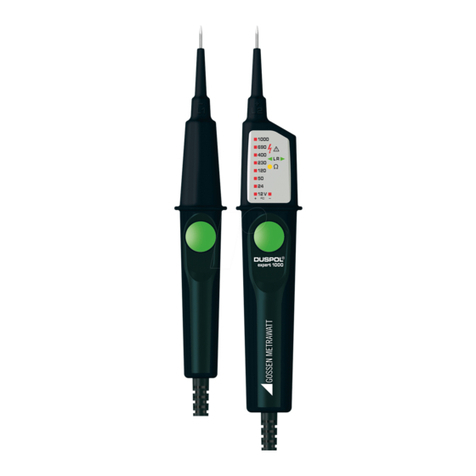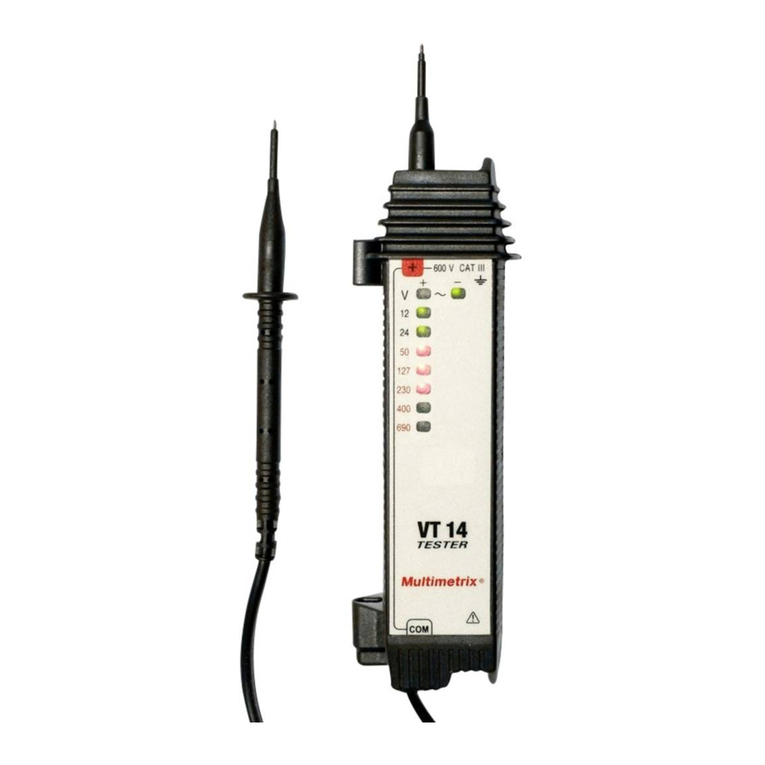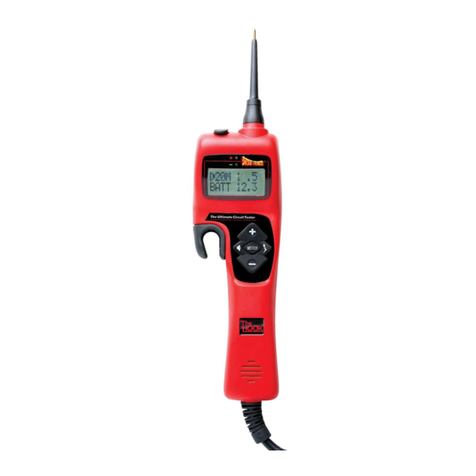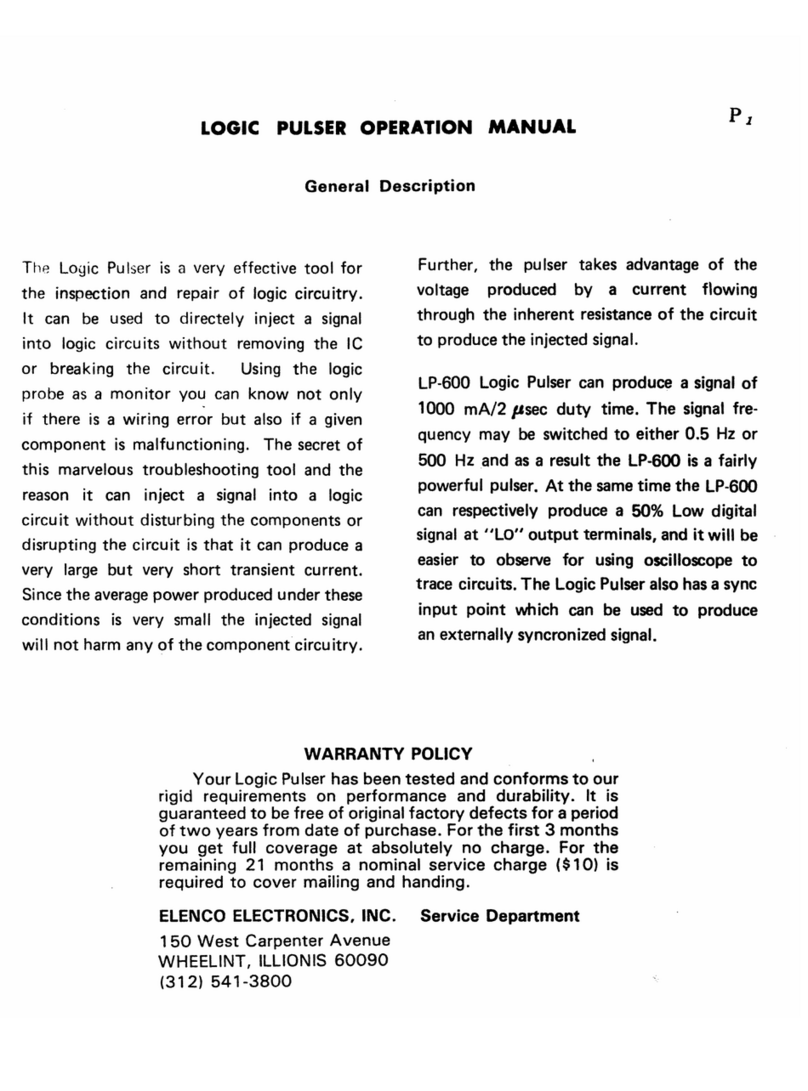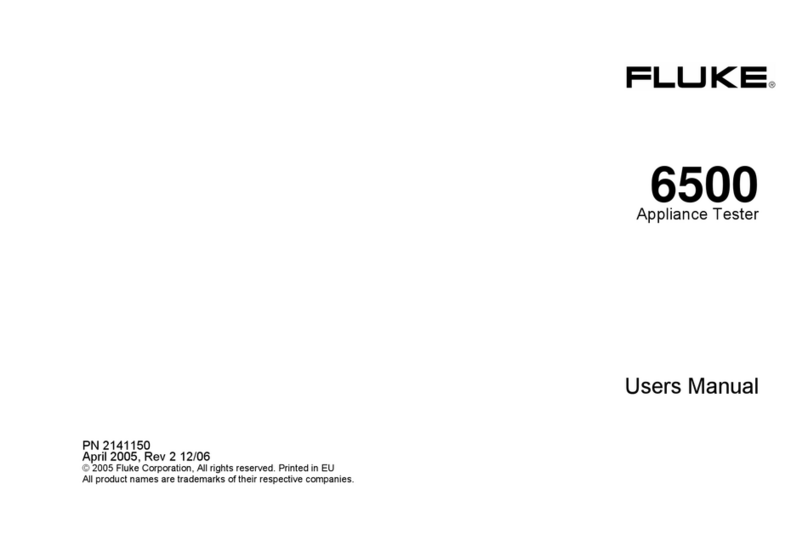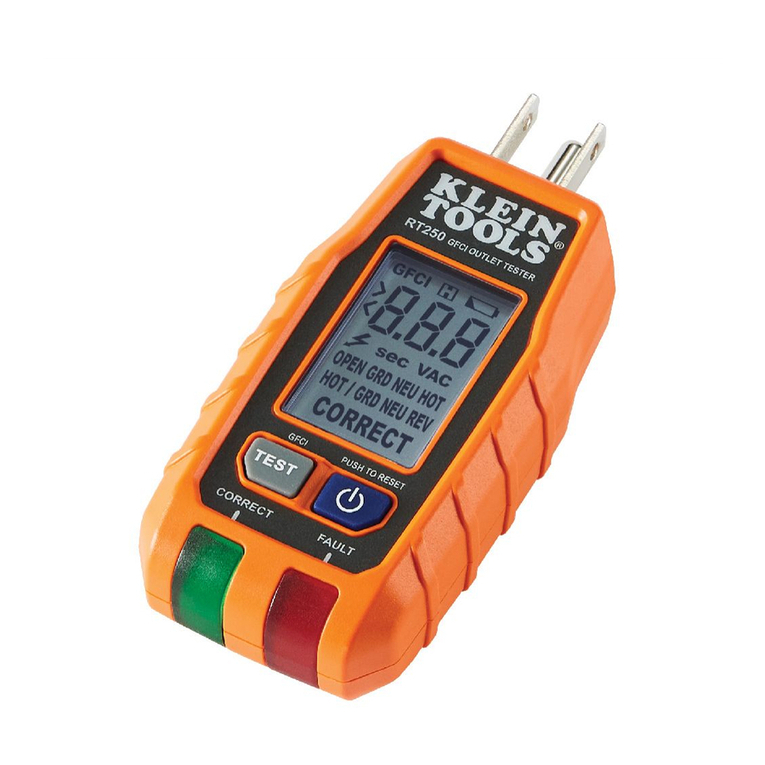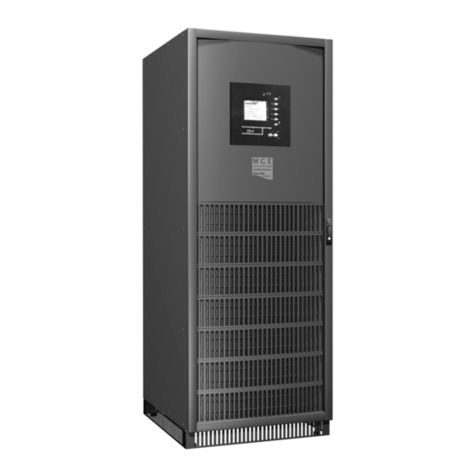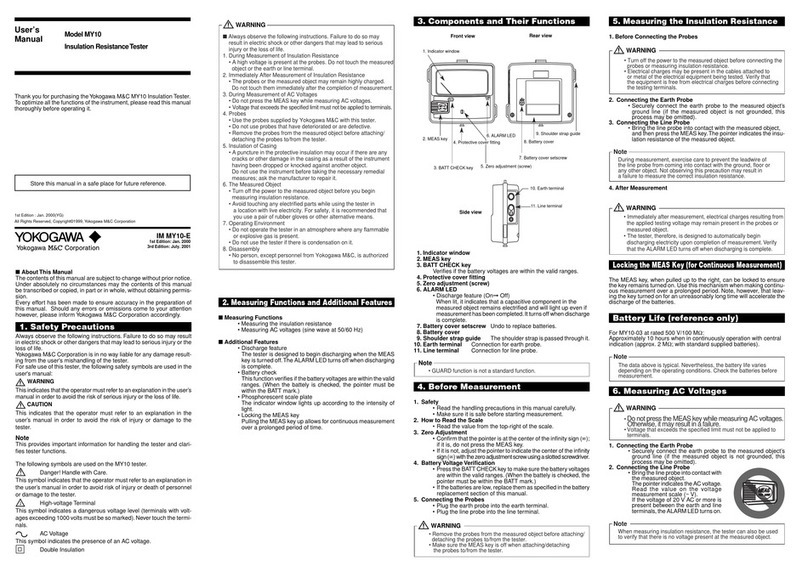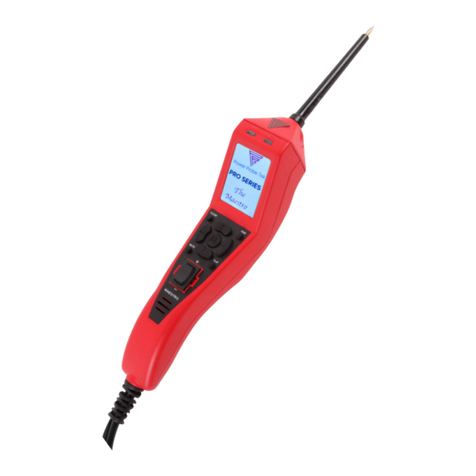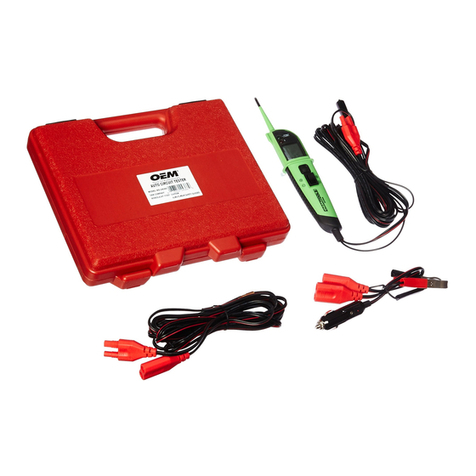2
Description
The Greenlee SVC-10 and SVC-20 Voltage and Continuity Testers are intended to measure
voltage, verify continuity, test diodes and perform phase sequence testing. Each model has a
large, easy-to-read LCD that has a maximum count of 999 and stow away leads.
In addition, the SVC-20 measures resistance and has an LCD backlight. The SVC-20 can also
be used to trip a ground fault circuit interrupt (GFCI) and has non-contact voltage detection
capability.
Safety
Safety is essential in the use and maintenance of Greenlee tools and equipment. This
instruction manual and any markings on the tool provide information for avoiding hazards and
unsafe practices related to the use of this tool. Observe all of the safety information provided.
Purpose
This instruction manual is intended to familiarize all personnel with the safe operation and
maintenance procedures for the Greenlee SVC-10 and SVC-20 Voltage and Continuity testers.
Keep this manual available to all personnel.
Replacement manuals are available upon request at no charge.
and are registered trademarks of Greenlee Textron.
KEEP THIS MANUAL
